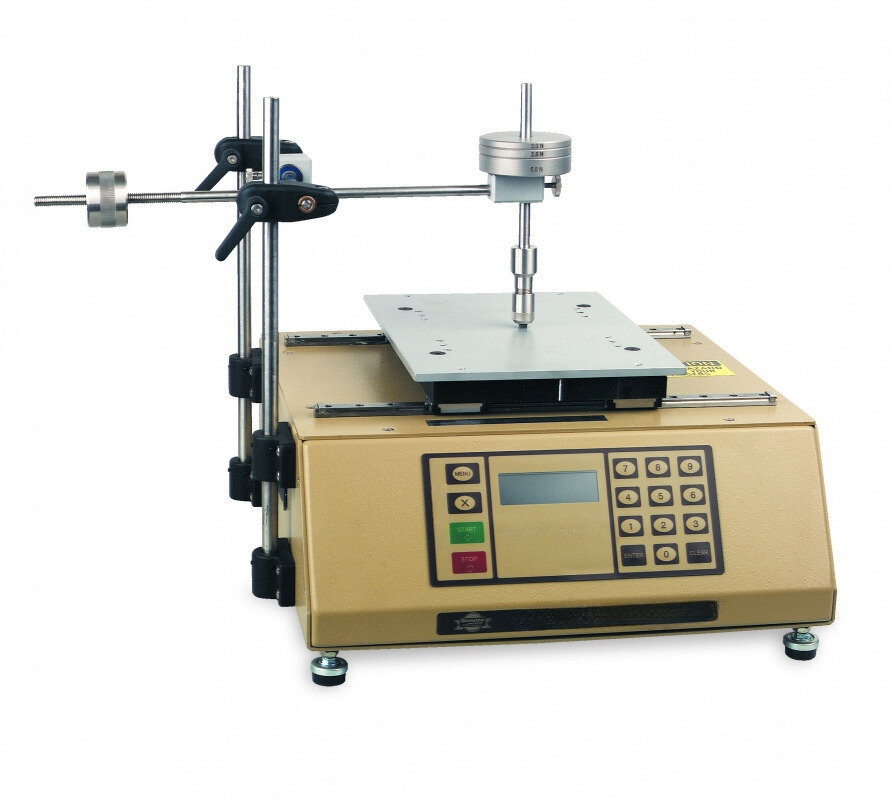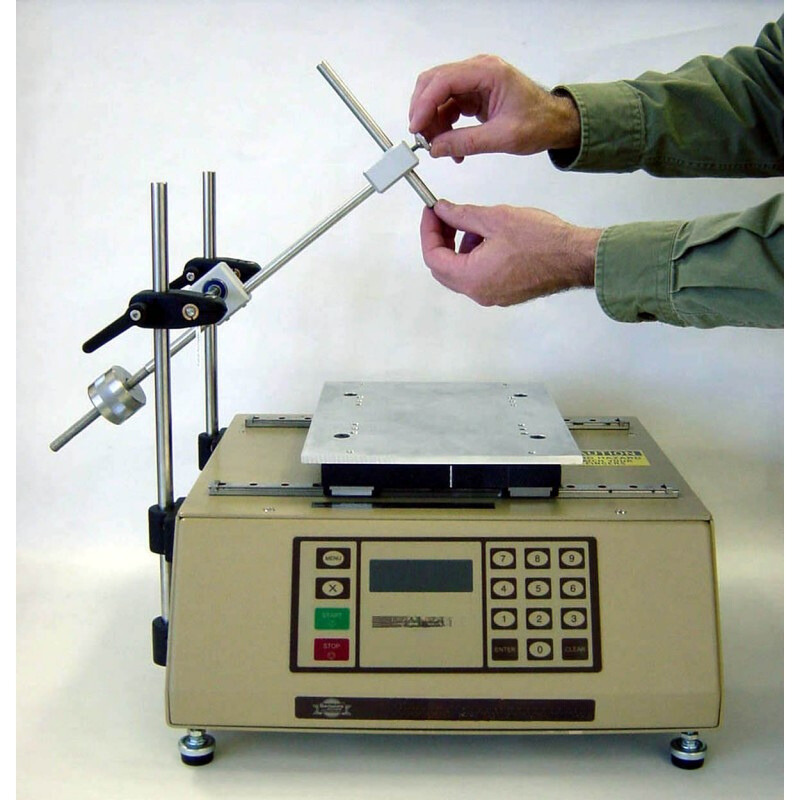Reciprocating Abrasion Testing As Per Standard ASTM F3300
Ensuring Durability with Reciprocating Abrasion Testing as Per ASTM F3300
Introduction
- In today's competitive market, the durability of materials is a key factor in product success and customer satisfaction. Reciprocating Abrasion Testing, conducted in accordance with ASTM F3300, provides valuable insights into a material’s ability to withstand wear and tear. This blog explores the importance of this testing method, its procedure, and its applications across various industries.

What is Reciprocating Abrasion Testing?
Reciprocating Abrasion Testing is a laboratory technique used to measure the abrasion resistance of materials. By simulating real-world abrasive conditions, this test evaluates how materials react to friction over time. The goal is to determine the wear properties of a material, ensuring that it can endure continuous usage without degrading significantly.
Introduction to ASTM F3300 Standard
ASTM F3300 is a widely recognized standard that specifies the methodology for Reciprocating Abrasion Testing. This standard provides a framework for consistent testing procedures, ensuring reliable and repeatable results. By adhering to ASTM F3300, manufacturers and researchers can trust that their findings are accurate and comparable across different testing environments.
How Reciprocating Abrasion Testing Works
The procedure for Reciprocating Abrasion Testing under ASTM F3300 involves several critical steps:
- Sample Preparation: Material samples are prepared according to the specifications set out in the ASTM F3300 standard. The samples are often cut into uniform sizes to ensure consistency across tests.
- Test Setup: The testing apparatus, usually a reciprocating abrasion tester, is set up with parameters such as stroke length, load, and test speed. These parameters are carefully chosen to mimic the specific wear conditions the material will face in its intended application.
- Testing Process: The specimen is placed under a reciprocating motion, where an abrasive material rubs against it. This process is repeated for a set number of cycles or until a predefined wear criterion is reached. The abrasive action simulates real-life wear, helping to predict how the material will perform over time.
- Data Collection and Analysis: After the test, the specimen is analyzed to assess the extent of wear. This can include measuring the loss of material, changes in surface characteristics, or changes in weight. The results are then compared to baseline measurements to determine the material’s wear resistance.
The Importance of Reciprocating Abrasion Testing
Product Reliability: Ensuring materials can withstand daily wear and tear is crucial for product reliability. Reciprocating Abrasion Testing helps manufacturers choose the right materials for high-wear applications, such as flooring, automotive interiors, and industrial components.
Cost Efficiency: By selecting materials with proven wear resistance, companies can reduce maintenance costs and the need for frequent replacements. This not only extends the product lifecycle but also enhances customer satisfaction.
Safety Assurance: In industries like medical devices or consumer electronics, material durability is directly linked to safety. Reciprocating Abrasion Testing ensures that materials remain intact and safe for use throughout their intended life.
Applications of Reciprocating Abrasion Testing
- Automotive Sector: From dashboards to seat covers, automotive interiors require materials that can endure constant use without significant wear. ASTM F3300 testing helps manufacturers select materials that maintain their appearance and integrity over time.
- Construction and Flooring: Flooring materials in commercial and residential buildings are subject to heavy foot traffic. Abrasion resistance is crucial to prevent wear and maintain aesthetics, making Reciprocating Abrasion Testing vital for flooring products.
- Consumer Electronics: Everyday items like smartphones and laptops are frequently handled and moved, exposing them to wear. Testing ensures that these products can withstand regular use without losing their functional or visual appeal.
- Medical Devices: Medical devices must remain functional and safe over long periods. Materials used in these devices are tested for abrasion resistance to ensure they do not degrade or fail when exposed to repeated use.

Conclusion
- Reciprocating Abrasion Testing according to ASTM F3300 plays a vital role in material selection and product development. By simulating real-world wear conditions, this test provides valuable data that help manufacturers improve product durability, reduce costs, and ensure safety. Whether in automotive, construction, consumer goods, or healthcare, ASTM F3300 testing ensures that materials can withstand the challenges of everyday use.
